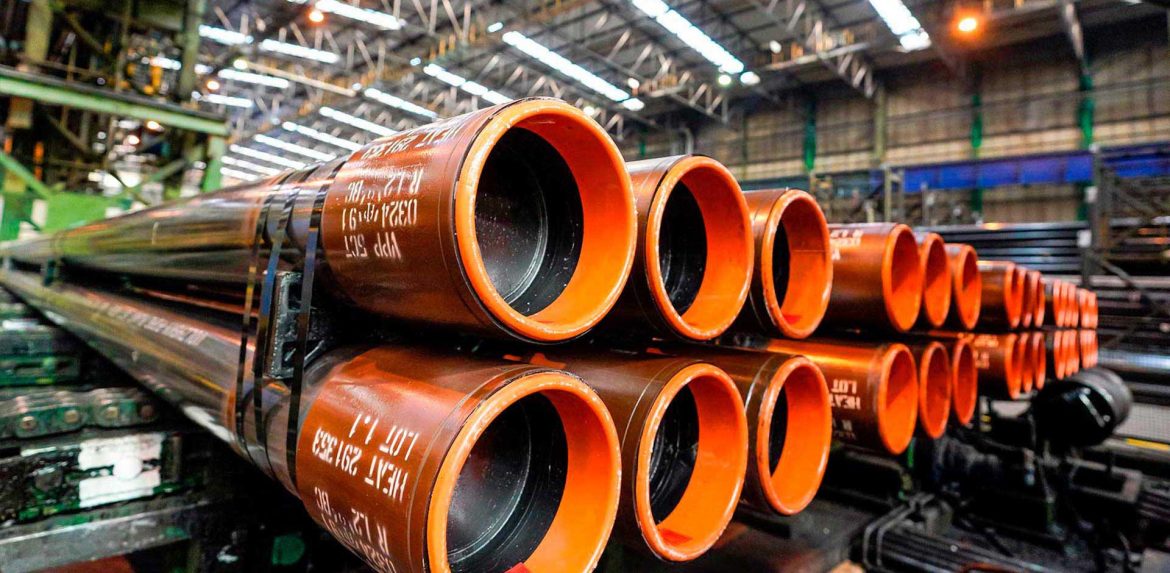Finishings for welded pipes according to EN 10217 play a crucial role in ensuring the durability, corrosion resistance, and aesthetic appeal of welded pressure pipes. In this article, we delve into the various finishing options specified by EN 10217 and their significance in meeting quality standards, enhancing performance, and extending the service life of welded pipes in diverse industrial applications.
Types of Finishings:
EN 10217 outlines several finishing options for welded pipes, each designed to meet specific performance requirements and environmental conditions:
- External Coatings: External coatings protect welded pipes from corrosion, abrasion, and mechanical damage during transportation, storage, and installation. Common external coatings include epoxy, polyethylene, and zinc-based coatings, which provide excellent corrosion resistance and durability in various atmospheric and soil conditions.
- Internal Coatings: Internal coatings are applied to the inner surface of welded pipes to prevent corrosion, scaling, and fouling caused by the conveyed fluid or gas. Internal coatings such as epoxy resin, polyurethane, and cement mortar lining enhance the hydraulic efficiency and longevity of welded pipes in applications involving corrosive or abrasive media.
- Surface Finish: Surface finish refers to the texture and smoothness of the external surface of welded pipes. EN 10217 specifies surface finish requirements based on the intended application and aesthetic preferences. Common surface finishes include mill finish, polished finish, and satin finish, each offering distinct visual appeal and ease of maintenance.
- Markings and Identification: EN 10217 mandates clear and legible markings on welded pipes to provide essential information about their specifications, material properties, and compliance with regulatory standards. Markings typically include manufacturer identification, pipe grade, size, and certification symbols, facilitating traceability and quality control throughout the lifecycle of the pipes.
Significance of Finishings:
The finishings specified by EN 10217 are essential for ensuring the performance, longevity, and safety of welded pipes in various industrial applications:
- Corrosion Protection: External and internal coatings protect welded pipes from corrosion, extending their service life and reducing maintenance costs in corrosive environments.
- Hydraulic Efficiency: Internal coatings improve the hydraulic efficiency of welded pipes by reducing friction losses, minimizing scaling, and maintaining a smooth flow of fluids or gases.
- Aesthetic Appeal: Surface finish options enhance the visual appearance of welded pipes, making them suitable for architectural, decorative, and high-end applications where aesthetics are important.
- Regulatory Compliance: Clear markings and identification on welded pipes ensure compliance with industry standards and regulatory requirements, facilitating inspection, certification, and quality assurance processes.
Application in Industries:
The finishings specified by EN 10217 find widespread application in industries such as oil and gas, water distribution, chemical processing, and infrastructure development. In oil and gas pipelines, for example, external coatings protect welded pipes from corrosion and mechanical damage caused by soil, moisture, and environmental factors. In water distribution systems, internal coatings prevent corrosion and fouling, ensuring clean and safe drinking water for communities. Similarly, in chemical processing plants, surface finish options enhance the aesthetic appeal and chemical resistance of welded pipes, making them suitable for aggressive environments.
Conclusion:
In conclusion, finishings for welded pipes according to EN 10217 are essential for ensuring the durability, performance, and regulatory compliance of welded pressure piping systems. By specifying external coatings, internal coatings, surface finishes, and markings, EN 10217 helps manufacturers and operators meet quality standards, enhance corrosion protection, improve hydraulic efficiency, and ensure aesthetic appeal in welded pipes. Moving forward, continued adherence to EN 10217 finishings will be crucial for maintaining the integrity and reliability of welded piping systems across diverse industrial applications.
